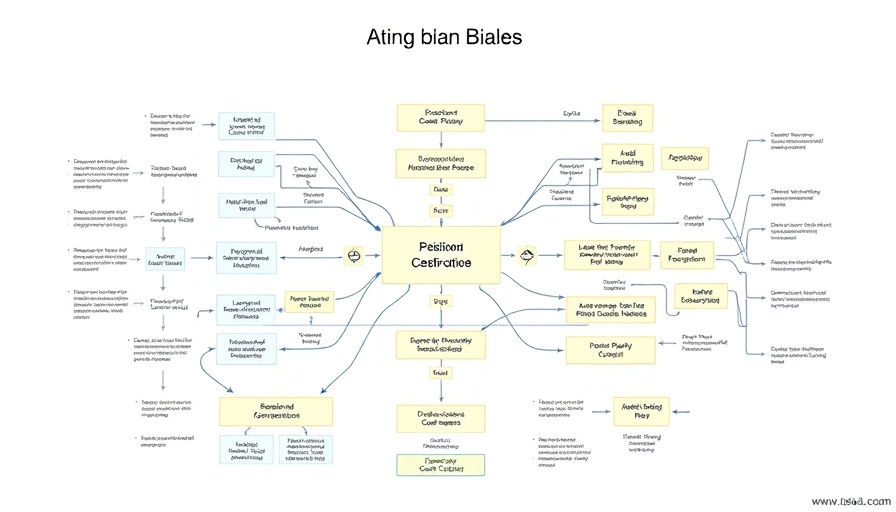
Understanding Position Bias in AI
In the rapidly evolving landscape of artificial intelligence (AI), large language models (LLMs) are crucial for powering various applications, from virtual assistants to coding aids. However, research reveals a significant limitation—position bias, where these models disproportionately focus on text at the beginning and end of documents while largely ignoring the middle. A study by MIT researchers provides insight into how this phenomenon occurs, offering opportunities for improvement in AI design.
What Causes Position Bias?
The MIT study establishes a theoretical framework tracking information flow within LLM architectures. According to their findings, the way models process input data and how information spreads among words significantly influences position bias. This characteristic affects tasks that depend on context and detailed analysis, such as retrieving phrases from lengthy legal documents or generating coherent responses in extended conversations.
The Importance of Addressing Position Bias
Position bias not only hampers the performance of chatbots and virtual assistants but also impacts sectors like healthcare and programming. For example, a medical AI tool that disregards critical patient data located in the middle of a dataset might make poor decisions, potentially harming patient outcomes. Therefore, rectifying this bias is essential for developing reliable AI systems.
Future Implications and Solutions
The MIT researchers' work does not merely diagnose the problem but also proposes a framework for rectifying it in future designs. Those who develop AI technologies can utilize this understanding to enhance the efficacy of models. Improved attention mechanisms could lead to bots that maintain focus throughout an entire conversation or AI assistants that provide accurate responses regardless of where information is located in a document.
Conclusion
As AI continues to interweave with daily life, understanding elements like position bias becomes increasingly crucial. By addressing these issues, we enhance the functionality of AI systems and make them more trustworthy. Stakeholders in the AI industry—including developers, businesses, and consumers—should remain informed about such advancements, fostering improvements within their applications.
Staying engaged with the development of chair breeds and AI technology will empower users to leverage these innovations effectively while advocating for the ethical application of these technologies. Recognize the importance of understanding AI mechanisms—it can lead to more reliable AI experiences that serve various fields and human needs.
 Add Row
Add Row  Add
Add 




Write A Comment